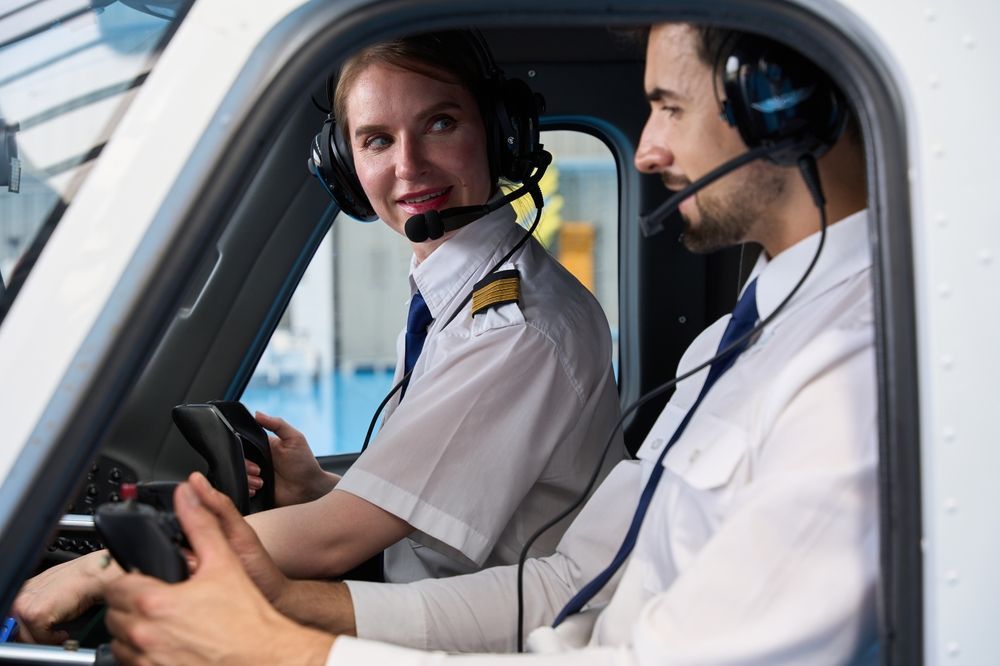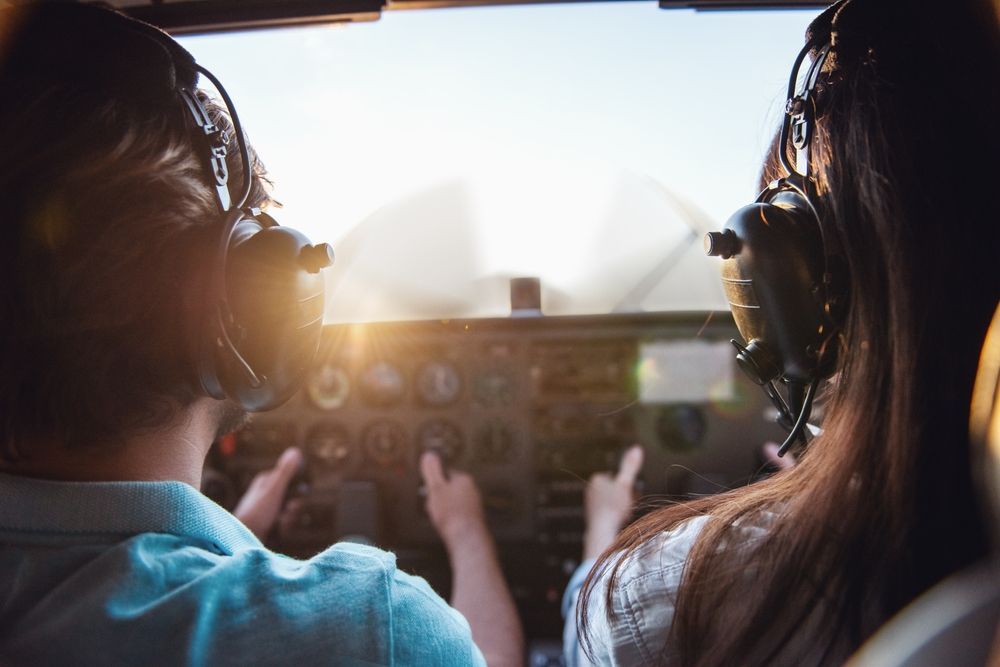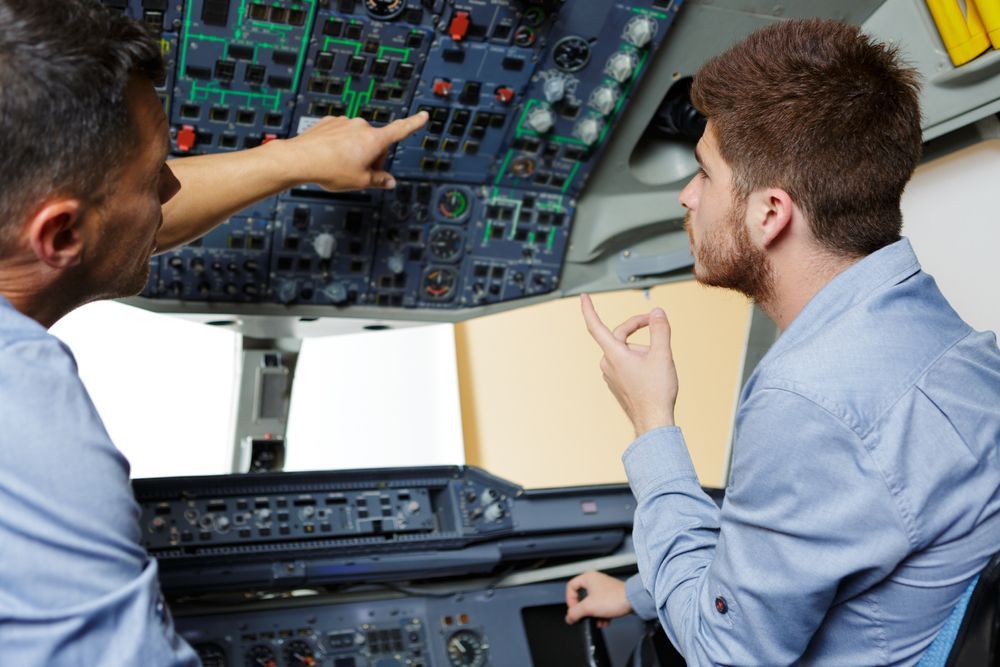The Importance of Preflight Checklists for New Pilots
Share this article:
Before every takeoff, there’s one habit every new pilot should build early: using a preflight checklist. It’s more than a list of switches and gauges. It’s how pilots catch potential issues before they become problems. For student pilots, especially those early in training, this step builds consistency, sharpens focus, and reinforces decision-making under pressure. Flying starts on the ground, and the routine you follow there shapes everything that happens in the air.
Why Preflight Checklists Matter for Student Pilots
For students beginning flight training, there’s a lot to manage at once: cockpit procedures, radio calls, weather briefings, and traffic patterns. A preflight checklist for new pilot routines provides structure and helps slow things down. When everything is new, it's easy to miss small details that could affect safety or lead to delays.
Following a checklist also builds muscle memory. It teaches students to approach each flight with the same methodical process, no matter how familiar the aircraft feels. This habit supports long-term success, including checkride readiness and professional standards.

Students who use checklists tend to catch more details, stay focused, and build stronger habits. Learning to think like a pilot begins long before takeoff, and it starts with disciplined preparation on the ground.
Common Mistakes New Pilots Make Without a Checklist
Skipping a preflight checklist creates gaps that can snowball once the engine starts. New pilots already have a lot to manage, and relying on memory alone is one of the fastest ways to overlook important steps. These slip-ups might seem small, but they can lead to delays, failed lessons, or unsafe conditions. Over time, unchecked habits become harder to correct and more frustrating to fix.
Some of the most common mistakes include:
- Leaving fuel caps unsecured
- Forgetting to remove control locks or pitot covers
- Not draining fuel sumps
- Overlooking flight control movement checks
- Missing radio or avionics setup
- Skipping exterior walkaround items like tire wear or loose panels
A preflight checklist for new pilot habits helps prevent these lapses and reinforces consistent cockpit discipline.
Preflight Checklist Items Every New Pilot Must Know
The specific layout of a checklist might vary depending on the aircraft, but the fundamentals stay the same. Student pilots should be familiar with each item and understand why it matters. Rushing through or skipping steps causes avoidable errors. The goal is accuracy and consistency. Getting comfortable with the process early helps reduce stress during lessons and builds long-term confidence.
Core items to review before every flight:
- Fuel quantity and quality
- Oil level and engine fluids
- Flight control surfaces (movement and condition)
- Tire pressure and general wear
- Brake condition
- Lights, switches, circuit breakers, and avionics configuration
- Altimeter setting and transponder code
- Pitot tube, static ports, and vents
A strong preflight checklist for new pilot training creates habits that hold up during checkrides and solo flights.
How to Use a Preflight Checklist the Right Way
Using a checklist isn’t just about going down a list and checking boxes. The key is staying fully engaged and treating each item as a meaningful action, not a routine chore. Pilots should read each step out loud, complete the task, then move to the next without distraction. Skipping around or multitasking usually leads to missed items or rushed decisions.
Some students make the mistake of memorizing the list too early, which can lead to assumptions instead of awareness. Even if the steps become familiar, it’s important to stay mentally present and avoid falling into autopilot mode during preflight.
A printed or digital checklist should always be accessible, easy to read, and up to date for the specific aircraft. Follow it in order and avoid rushing, even during repetitive lessons or familiar flights. The small amount of time it takes on the ground can save far more time, money, and stress in the air.

The Benefits Beyond Safety
Checklists are designed to prevent accidents, but the benefits reach far beyond the basics of safe operation. Students who use them consistently tend to learn faster, retain procedures more effectively, and build stronger cockpit discipline. That kind of structure helps reduce anxiety before lessons, especially during evaluations or solo flights. Instructors notice when a student shows up organized and ready. It sets the tone for better communication and smoother training sessions.
Checklist habits also translate into professional flight environments. Airline and corporate flight departments expect pilots to follow strict procedures every time. Students who treat checklist use as second nature early on are better prepared for multi-crew settings, complex aircraft, and high-pressure decision-making. Passing a test is only part of the process. Building the mindset and habits of a professional pilot starts much earlier.
Tools and Tips for Staying Organized
Flying requires focus, and staying organized on the ground makes everything in the air smoother. Preflight checklists work best when they’re part of a larger routine that keeps a student pilot prepared, consistent, and clear-headed. Staying on top of materials, schedules, and cockpit setup adds confidence before every flight.
Here are a few tools and habits that help keep everything in order:
- Use a durable kneeboard or laminated checklists for quick access
- Create a binder or digital folder for training materials
- Use a flight bag with dedicated compartments
- Keep a small notebook for jotting down instructor feedback
- Set reminders before flights to review the aircraft POH
- Back up digital documents to the cloud
Staying organized reduces stress and keeps the focus on flying, not on scrambling for forgotten gear or overlooked details.
Train with JA Flight: Start Your Pilot Journey Today
Building strong habits starts on day one, and that’s exactly how training works at JA Flight. Our instructors don’t just teach you how to fly. They show you how to think, plan, and prepare like a professional pilot. That includes understanding the importance of a preflight checklist, managing real-world responsibilities, and developing the confidence to handle the cockpit on your own.
Located in the Chicago area,
JA Flight
partners with Liberty University and other
programs to help students fast-track their careers. You’ll have the structure, tools, and support needed through every stage of training.
Connect with Us:



